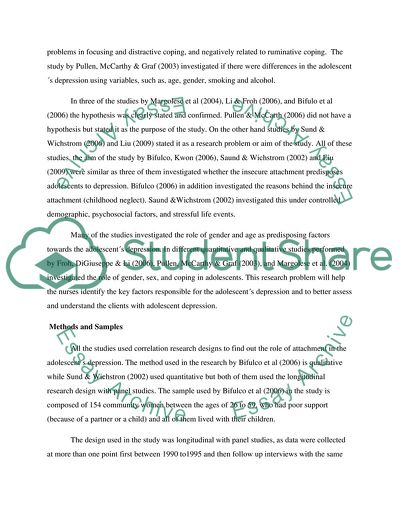Cite this document
(Factors Responsible for the Adolescent Depression Research Paper, n.d.)
Factors Responsible for the Adolescent Depression Research Paper. https://studentshare.org/health-sciences-medicine/1729781-nursing-reserach
Factors Responsible for the Adolescent Depression Research Paper. https://studentshare.org/health-sciences-medicine/1729781-nursing-reserach
(Factors Responsible for the Adolescent Depression Research Paper)
Factors Responsible for the Adolescent Depression Research Paper. https://studentshare.org/health-sciences-medicine/1729781-nursing-reserach.
Factors Responsible for the Adolescent Depression Research Paper. https://studentshare.org/health-sciences-medicine/1729781-nursing-reserach.
“Factors Responsible for the Adolescent Depression Research Paper”. https://studentshare.org/health-sciences-medicine/1729781-nursing-reserach.


